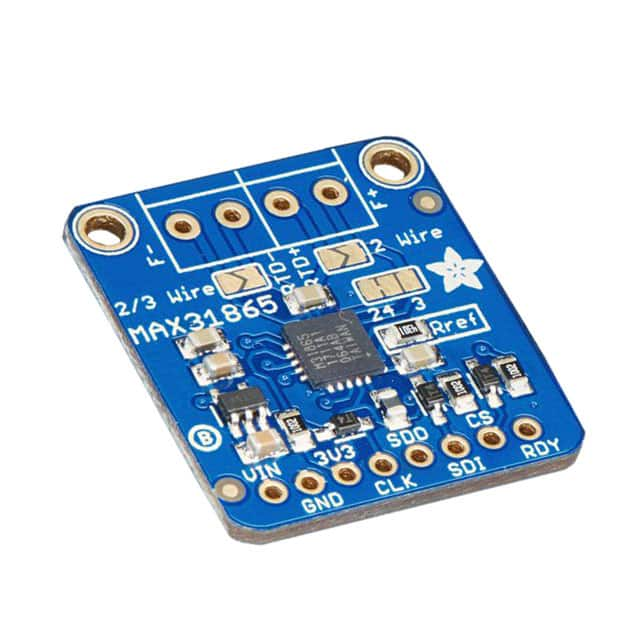Glideforce Series, Evaluation and Demonstration Boards and Kits
Results:
1
Manufacturer
Series
Speed
Operating Temperature
Construction
Ingress Protection
Termination Style
Approval Agency
Voltage - Rated
Type
Accuracy
Load Force (Static)
Feedback Type
Motor Type
Features
Load Force (Dynamic)
Duty Cycle
Stroke Length
Acceleration
Gear Reduction Ratio
Results remaining:1
Applied Filters:
Glideforce
About Evaluation and Demonstration Boards and Kits
Evaluation Boards in this product family are designed to provide a convenient and reliable method for evaluating the performance and behavior of specific focus devices. These boards come equipped with a printed circuit board (PCB) on which the focus device is populated, along with necessary support components. They may also include additional components such as cabling or power supplies to facilitate the evaluation process.
These Evaluation Boards are built upon proven implementations that have been thoroughly documented and are typically supported by evaluation software, where applicable. This ensures that engineers and designers have access to comprehensive resources to assess the capabilities and characteristics of the focus devices accurately.
In some cases, evaluation platforms for device classes that are particularly numerous or distinctive, such as ADCs (Analog-to-Digital Converters), DACs (Digital-to-Analog Converters), and switch-mode power supplies, may be grouped together as a separate product family. This categorization allows for a more streamlined approach to evaluating and comparing different devices within these specific classes.
By utilizing these Evaluation Boards, professionals can gain valuable insights into the performance, features, and limitations of the focus devices. This information enables them to make informed decisions regarding the selection and integration of these devices into their own systems or applications.
In summary, the Evaluation Boards in this product family offer engineers and designers a convenient and well-supported means of evaluating the performance of focus devices. With their comprehensive documentation, evaluation software, and additional components, these boards facilitate accurate assessments, aiding in the decision-making process for incorporating these devices into various electronic designs.

